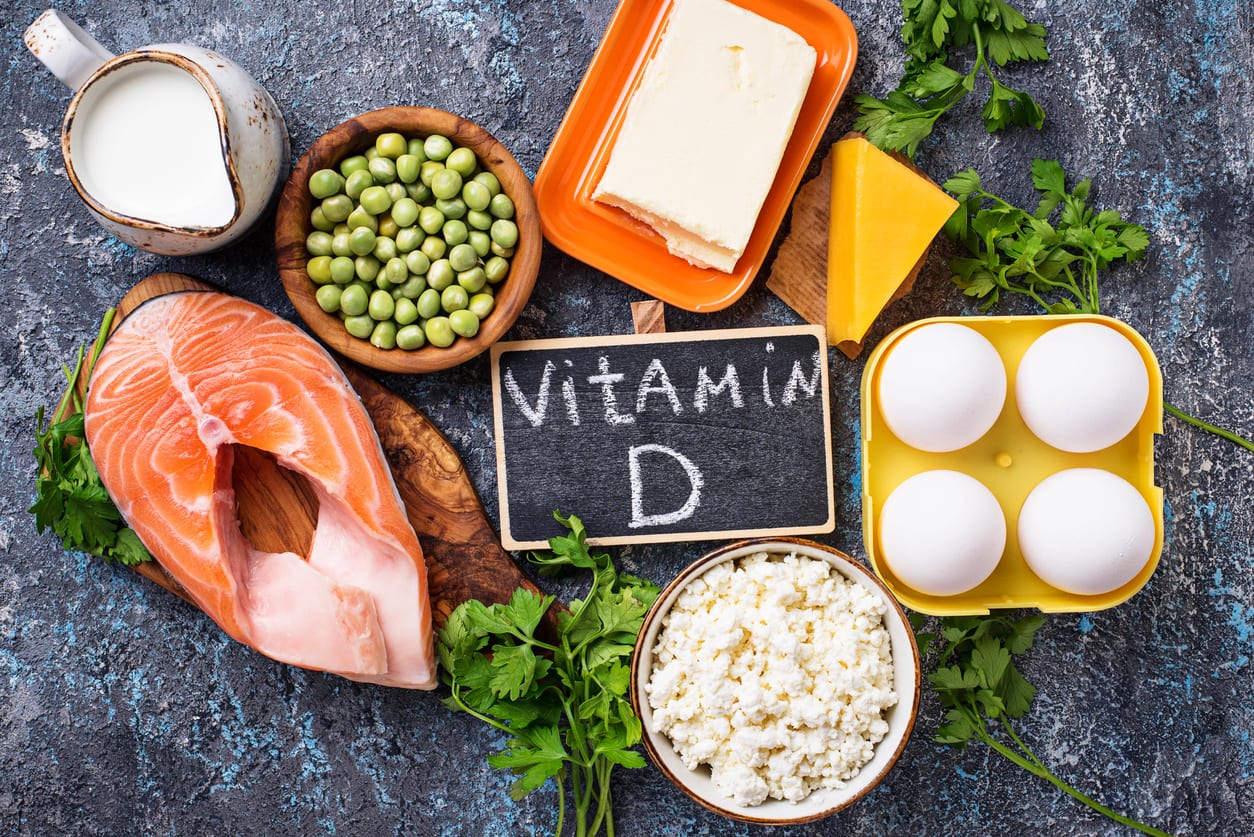Low vitamin D levels are associated with low productivity in the workplace. Assessment and replenishment of employee vitamin D can represent a low-cost, high-return system for mitigating risk factors and health conditions that can improve employee performance.
The re-emergence of the sun after a long dreary winter inevitably brings many people out of their homes to enjoy the warm rays. While a pleasant walk in the sun helps recharge your body's Vitamin D stores, most people actually need a more consistent supply.
Wavelengths of light were also shown to influence hormone melatonin development, which controls the process of sleep and mental alertness. We've looked into what you need to increase your Vitamin D and improve low productivity. That's up next.

The Importance Of Vitamin D
How does the lack of vitamin D impact employee productivity in our systems?
To understand this more specifically, let's present the importance of Vitamin D in the workforce. The productivity of workers is one of the most critical factors for a productive and efficient enterprise. And Vitamin D intake plays a big part.
Employers want their workers to do the maximum amount of work in the least amount of time to increase profits. There are, however, many factors that influence the productivity of employees, and one of them is the environment.
In different people, the weather causes different moods. It is complicated to say whether one on rainy or sunny days would be more successful. You should consider both perspectives and reach an optimal conclusion.
What you may not be aware of is that most people have low levels of vitamin D, and that can also affect their mood and productivity. Low vitamin D levels are associated with depressed mood and even anxiety.
How SAD Can Cause Low Productivity
Seasonal Affective Disorder (SAD) is one well-known disorder which shows how weather affects work productivity. SAD is a type of depression that negatively impacts people's energy levels due to weather conditions.
Studies have shown that those affected by SAD appear to be less successful when the seasons change regularly, when it rains, or when there is a lack of sunshine. Employees with low levels of vitamin D indicated had lower levels of presenteeism.
Since they had low rates of energy and decreased concentration, they were unable to complete tasks. Such unproductive employees were a liability for their business, which incurred annual average losses of $112 per employee (or a total of $2.3 million in losses).
How To Get Enough Vitamin D
Vitamin D is a vital nutrient your body needs for various crucial functions, including building and maintaining strong bones.
Small intakes of vitamin D are considered a significant concern for public health across the globe. Vitamin D deficiency is estimated to affect 13 percent of the world's population. Let's get into how to get more Vitamin D.
Get Enough Sunlight
Vitamin D is also named "sunshine vitamin" because the sun is one of the best sources of this nutrient. Your skin contains a form of cholesterol which acts as a precursor of vitamin D. When the sun provides the compound to UV-B radiation, it becomes vitamin D.
Sun-derived vitamin D can actually circulate twice as long as vitamin D comes from foods or supplements. The amount of vitamin D which your body can produce, however, depends on many variables.
Increase Fatty Fish Intake
Fatty fish and seafood are amongst the best available vitamin D food sources. In reality, a canned salmon serving of 3.5 ounces (100 grams) can supply up to 386 IU of vitamin D — around 50 percent of RDI.
The exact content of vitamin D in seafood will differ depending on the form and species concerned. Some study, for example, indicates that farmed salmon may contain just 25 percent of the amount of wild salmon captured.
Incorporate Mushrooms In Your Diet
Mushrooms are the only source of vitamin D, solely dependent on plants. Like humans, upon exposure to UV light, mushrooms may develop their own vitamin D. Both forms of this vitamin may increase circulating levels of vitamin D.
Still, research indicates that D3 can increase levels more rapidly and more rapidly than D2. The amount of vitamin D depends on the type of mushroom. Wild Maitake mushrooms provide as much as 2,348 IU per serving of 3.5 ounces.
That's nearly 300% of daily recommended intake. Wild mushrooms typically have more vitamin D than commercially grown varieties, due to their exposure to sunlight. But you can buy UV-treated mushrooms, too.
Eat Your Egg Yolks
Another source of vitamin D is egg yolks, which you can easily add to your routine. As with many other natural sources of food, yolks have variable content of vitamin. Conventionally raised chickens with no outdoor exposure usually only produce eggs with 2–5 percent of the RDI.
Some study, however, indicates that eggs from pasture-raised or free-range chickens give up to 4 times more — or up to 20 percent of the RDI. That depends on how much time the fowl spends outdoors.
Chicken feed can also influence the amount of vitamin D in eggs. Those grain that is enriched with vitamin D can produce yolks that boast well over 100 percent of the RDI.

Also Read: Apps Noom Fitness and Health - Track Your Weight with the Noom App
How Vitamin D Helps With Low Productivity Conclusion
Vitamin D is an essential nutrient that people don't get enough of. That said, by having more exposure to the sun, consuming foods rich in vitamin D, and/or taking supplements, you can improve your vitamin D levels.
If you think you are low in this vital nutrient, consult a health care professional to test your levels.







